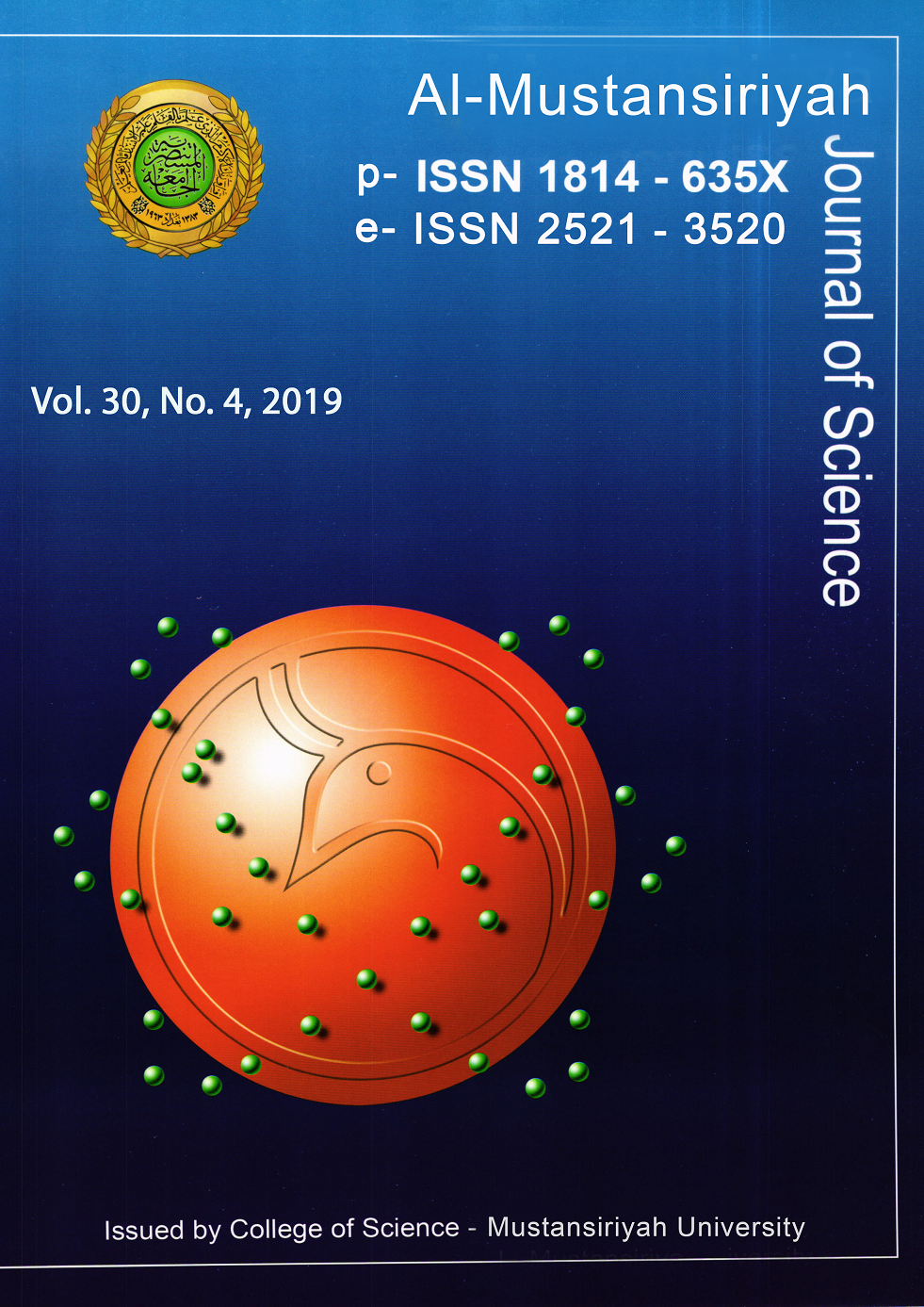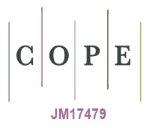Comparison of Some Drought Indices in Iraq
DOI:
https://doi.org/10.23851/mjs.v30i4.674Keywords:
Iraq, SPI-6 month, PPA, ZSI.Abstract
Drought in Iraq was assessed using three drought indices for two different time periods, past period from 1970 to 2015, and future period from 2016 to 2050 for 4 stations in Iraq. These indices named: the Standardized Precipitation Index (SPI), Percentage of Precipitation Anomaly (PPA), and Z-Score Index (ZSI). The main sources of data were the monthly rainfall archive from Iraqi Meteorological Organization and Seismology (IMOS) for past period, and projection monthly precipitation data from Representative Concentration Pathway scenario (RCP4.5) for Fifth Assessment Report (AR5) affiliate to the Intergovernmental Panel on Climate Change (IPCC) for future period. The results shown good correlation of among 3 indices, with different rank of them, were lowest rank was 0.85. The three indices refer to were good evaluate the drought severity of Iraq. Found too the best index was PPA during past period, and the significant index was ZSI for the future period. The North of Iraq (Mosul Station) was the least vulnerable to drought from the analysis of the results of the three indices for the last period, where the number of dry seasons were 12 on the basis of the PPA classification. South of Iraq (Basra station) has the highest number of wet season on the PPA rating were (15) season.Downloads
References
X. Ye, X. Li, C.-Y. Xu, and Q. Zhang, "Similarity, difference and correlation of meteorological and hydrological drought indices in a humid climate region-the Poyang Lake catchment in China," Hydrology Research, vol. 47, pp. 1211-1223, 2016. [CrossRef]
M. Svoboda and B. Fuchs, Handbook of Drought Indicators and Indices vol. WMO-No. 1173. Geneva: World Meteorological Organization and Global Water Partnership, 2016. [CrossRef]
A. Mishra and V. P. Singh, "Analysis of drought severity‐area‐frequency curves using a general circulation model and scenario uncertainty," Journal of Geophysical Research: Atmospheres, vol. 114, pp. 1-18, 2009. [CrossRef]
M. J. Hayes, M. D. Svoboda, and D. A. Wilhite, "Monitoring drought using the standardized precipitation index," London: Routledge2000.
M. Svoboda, M. Hayes, and D. Wood, "Standardized precipitation index user guide," World Meteorological Organization Geneva, Switzerland, 2012.
B. Lloyd‐Hughes and M. A. Saunders, "A drought climatology for Europe," International journal of climatology, vol. 22, pp. 1571-1592, 2002.
">[Crossref]
Singh Rajpoot Pushpendra and K. Ajay, "Assessment meteorological drought- "A case study of Solapur District, Maharashtra, India"," Global Journal of Research and Review (GJRR), pp. 045-050, 2014.
Jawad T. K., Al-Taai O. T., and A.-T. Y. K., "Evaluation of droght in Iraq using DSI by remote sensing.," Iraqi journal of agricultural sciences vol. 49, 2018.
N. Salehnia, A. Alizadeh, H. Sanaeinejad, M. Bannayan, A. Zarrin, and G. Hoogenboom, "Estimation of meteorological drought indices based on AgMERRA precipitation data and station-observed precipitation data," Journal of arid land, vol. 9, pp. 797-809, 2017.
">[Crossref]
V. K. Jain, R. P. Pandey, M. K. Jain, and H.-R. Byun, "Comparison of drought indices for appraisal of drought characteristics in the Ken River Basin," Weather and Climate Extremes, vol. 8, pp. 1-11, 2015.
">[Crossref]
Location of Iraq. Iraqi Ministry of Agriculture, (Accessed 10 Dec. 2018). [Online]
climate of Iraq. Iraqi Ministry of Agriculture (Accessed 10 Dec. 2018). [Online]
K. E. Taylor, R. J. Stouffer, and G. A. Meehl, "An overview of CMIP5 and the experiment design," Bulletin of the American Meteorological Society, vol. 93, pp. 485-498, 2012. [Crossref]
Downloads
Key Dates
Published
Issue
Section
License
(Starting May 5, 2024) Authors retain copyright and grant the journal right of first publication with the work simultaneously licensed under a Creative Commons Attribution (CC-BY) 4.0 License that allows others to share the work with an acknowledgement of the work’s authorship and initial publication in this journal.






















